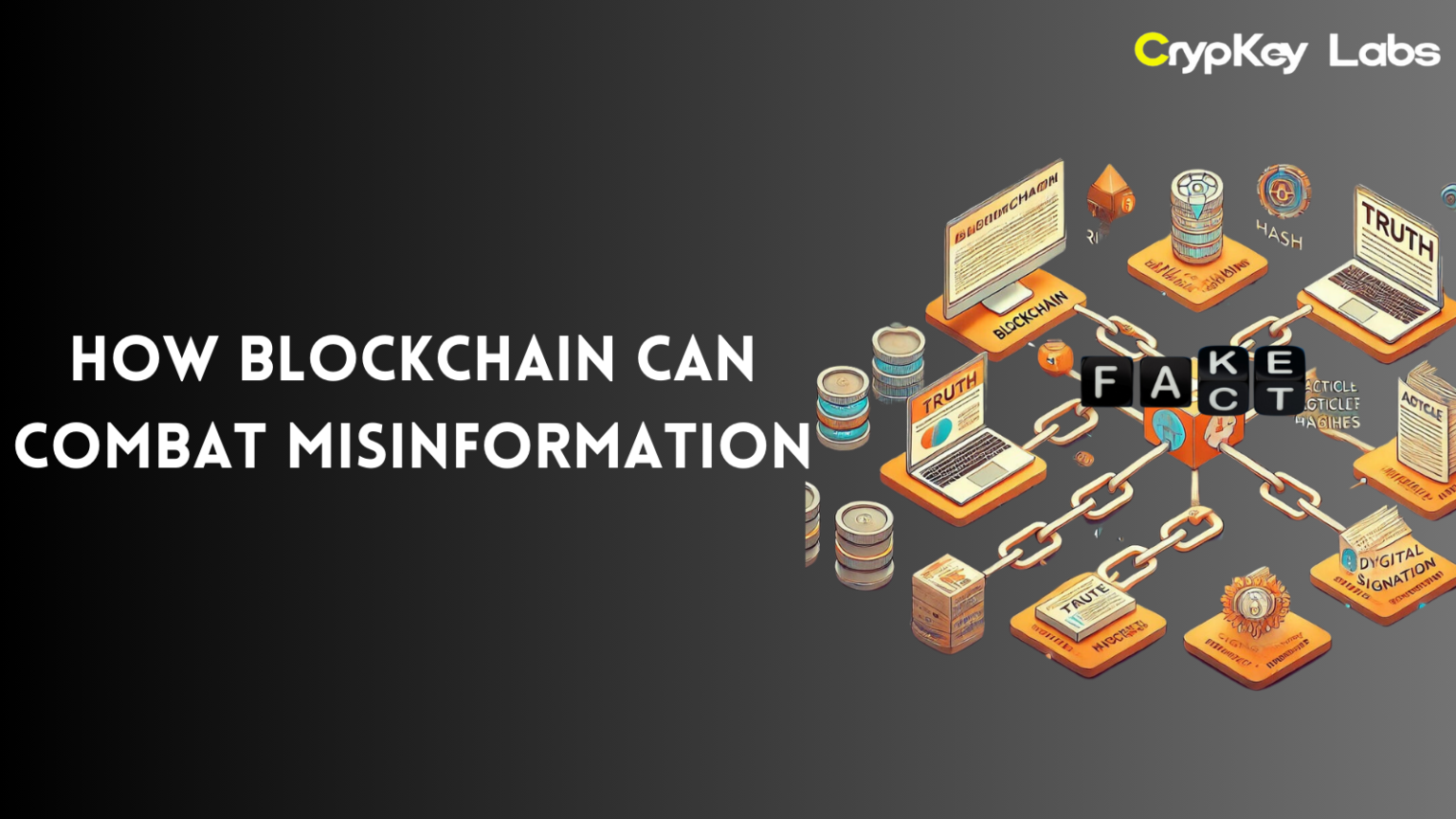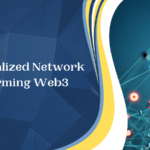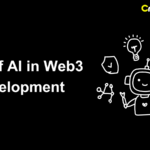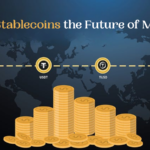In today’s fast-paced digital world, misinformation is spreading faster than ever. With social media and online platforms making it easy to share information, distinguishing fact from fiction has become a daunting task. But what if there was a technology that could help us combat misinformation at its core? Enter blockchain, a powerful tool that has the potential to revolutionize the way we verify information. In this blog, we’ll explore how blockchain can play a pivotal role in fighting misinformation, ensuring that the truth prevails in our information-driven society.
The Challenge of Misinformation in the Digital Age
Misinformation has become an epidemic, fueled by social media, where false information can go viral in seconds. According to studies, false news spreads six times faster than true news. This rapid dissemination poses serious threats to democracy, public health, and societal trust. Just think about it: misleading headlines can sway elections, create panic during a health crisis, or fuel divisive narratives. With algorithms prioritizing engagement over accuracy, misinformation often gets amplified while the truth is buried beneath layers of noise.
It’s clear that we need more robust solutions to tackle this growing problem. Traditional approaches, like fact-checking or algorithmic filtering, have shown limitations. They often rely on a centralized authority that can be biased or manipulated. Therefore, we must explore innovative solutions that offer transparency and reliability. This is where blockchain comes into play.
Understanding Blockchain Technology
Before diving into how blockchain can combat misinformation, let’s break down what blockchain actually is. At its core, blockchain is a decentralized digital ledger that records transactions across many computers in such a way that the registered transactions cannot be altered retroactively. This technology boasts several key features:
- Decentralization: No single entity has control over the entire blockchain, making it resistant to manipulation.
- Immutability: Once data is added to the blockchain, it cannot be changed or deleted, ensuring a permanent record.
- Transparency: Everyone with access to the blockchain can view the data, fostering trust among users.
Imagine a giant digital notebook where every entry is permanent and everyone has access to it. This unique combination of features makes blockchain an appealing solution for addressing misinformation.
How Blockchain Can Authenticate Information
One of the most significant ways blockchain can combat misinformation is through authentication. Imagine if every piece of information shared online had a verifiable source attached to it. With blockchain, we can create a system where the origin of information is easily traceable.
When content is published, it can be registered on the blockchain, complete with a timestamp and the creator’s identity. This creates a permanent, verifiable record that can be accessed by anyone. If someone tries to spread false information, users can trace it back to its source and assess its credibility.
For instance, a news article can be verified by linking it back to its original publisher on the blockchain. This way, if a misleading headline goes viral, people can quickly check its source and see whether it’s legitimate.
Ensuring Content Integrity with Blockchain
Another way blockchain helps combat misinformation is by ensuring content integrity. The immutability of blockchain means that once information is recorded, it cannot be tampered with. This characteristic is crucial in the fight against fake news.
With blockchain, content creators can timestamp their work and store it on a decentralized ledger. If someone later tries to modify that content, it will be evident that changes have been made. For example, a journalist could publish an article and record it on the blockchain. If the article is altered later on, the original version remains intact on the blockchain, allowing readers to see what was changed.
This level of transparency not only protects the content creators but also empowers readers to discern the truth. They can see what was originally reported and what may have been altered, providing a clearer understanding of the facts.
Decentralized Social Media Platforms and Misinformation
Social media plays a significant role in the spread of misinformation. Centralized platforms often prioritize engagement over accuracy, allowing false information to thrive. However, decentralized social media platforms built on blockchain technology can offer a solution.
These platforms operate on a decentralized network, meaning that no single entity controls the content. Instead, users can validate information through consensus mechanisms. For instance, when someone posts a piece of information, other users can review and vote on its accuracy. If a majority agrees that the content is misleading, it can be flagged or removed.
This approach fosters a community-driven method of content moderation that is less prone to manipulation and censorship. As users have a stake in the accuracy of the information, they’re more likely to engage in responsible sharing.
Verifiable Identities and Blockchain
Another critical aspect of combating misinformation is ensuring the authenticity of content creators. With the rise of anonymous profiles, anyone can publish misleading information without accountability. Blockchain can help by providing a verifiable identity system for content creators.
By using blockchain technology, users can verify their identities when creating content. This means that only trusted sources can share information, significantly reducing the likelihood of false narratives. If a well-known journalist or organization publishes something, their identity can be verified through the blockchain, assuring readers of the content’s legitimacy.
This system also holds content creators accountable. If someone publishes false information, their identity is tied to that content, making it easier to track down and address the source of misinformation.
Blockchain-Powered Fact-Checking Systems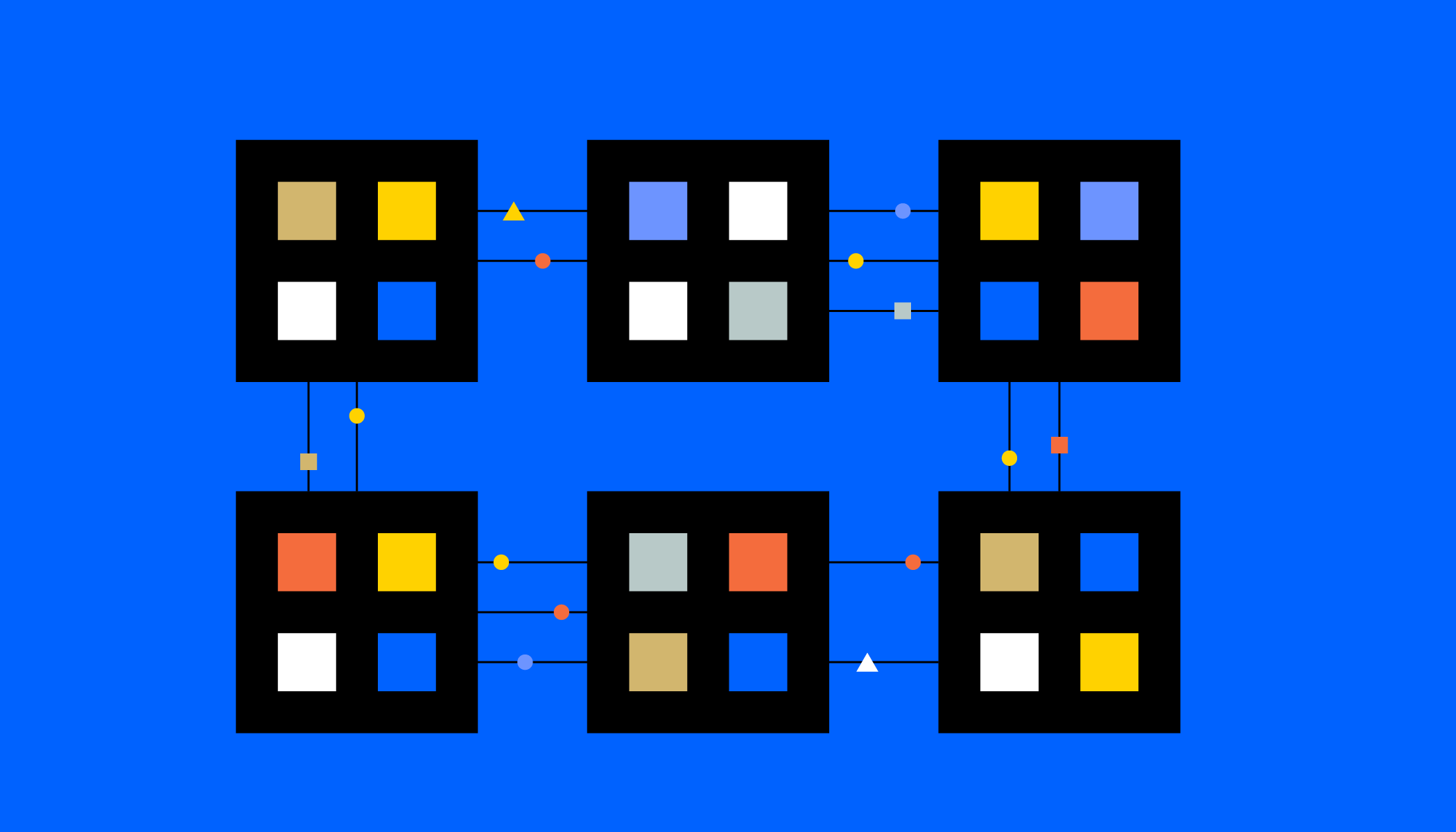
Blockchain can also be utilized to create decentralized fact-checking platforms. Imagine a network where users can submit claims for verification, and a community of fact-checkers can review and validate those claims through blockchain technology.
In such a system, each fact-checking process would be transparent and recorded on the blockchain. If a claim is labeled as true or false, that decision is stored immutably, allowing users to see the reasoning behind it.
Additionally, peer-to-peer validation means that the community plays an active role in determining the accuracy of information. This collaborative approach not only enhances trust but also allows for faster verification processes.
Use Cases of Blockchain Combating Misinformation
Several projects are already leveraging blockchain to combat misinformation, demonstrating the technology’s potential. Here are a few notable examples:
- Civil: A decentralized journalism platform that enables journalists to publish their work on the blockchain. Readers can verify the content’s authenticity and trace it back to its source.
- Po.et: A blockchain-based protocol that allows creators to claim ownership of their content and timestamp their work. This ensures that the original creators receive credit for their contributions.
- Factom: A blockchain solution that helps organizations create immutable records of data. This technology can be used for verifying the integrity of information, especially in sectors like healthcare and finance.
These examples show that blockchain is not just a theoretical solution; it’s already being implemented in real-world scenarios to tackle misinformation.
The Future of Blockchain in Combating Misinformation
As blockchain technology continues to evolve, its potential to combat misinformation will likely expand. Innovations such as integration with artificial intelligence (AI) could enhance the ability to detect and verify information in real-time. AI can analyze vast amounts of data to identify patterns and flag misleading content before it spreads.
Moreover, as more organizations recognize the importance of transparency and trust, we can expect an increase in the adoption of based solutions in media and communication sectors. Governments and regulatory bodies may also support these technologies, promoting their use as a standard for information verification.
In conclusion, blockchain holds immense potential to combat misinformation in our increasingly digital world. By providing a transparent, immutable, and decentralized system for verifying information, we can create a more trustworthy information landscape. As we continue to explore the capabilities of blockchain, we can hope for a future where truth prevails, and misinformation becomes a thing of the past.

